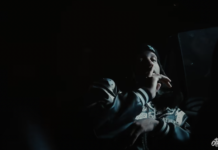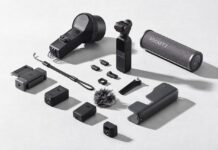Researchers at Stanford University have developed a way to tackle one of the major problems currently facing drones – battery efficiency. Energy is wasted as drones spend extensive amounts of time hovering. To solve this, researchers have developed a series of `microspines` inspired by the anatomy of geckos, which allows a drone to drag itself against the bumps of a wall. The technology will help photographers and videographers location scout and capture footage easier, as they can perch in one spot rather than hovering. The ability to perch on walls or ceilings also means that drones can continue to operate in unsuitable weather conditions, by taking shelter until it passes. Though the design is not totally foolproof yet, Stanford is currently working on refining gripping strategies to allow the drones to perch more effectively and on smoother surfaces.
7a46bbc448db62e7b527115f3d7e5f9b-332




























